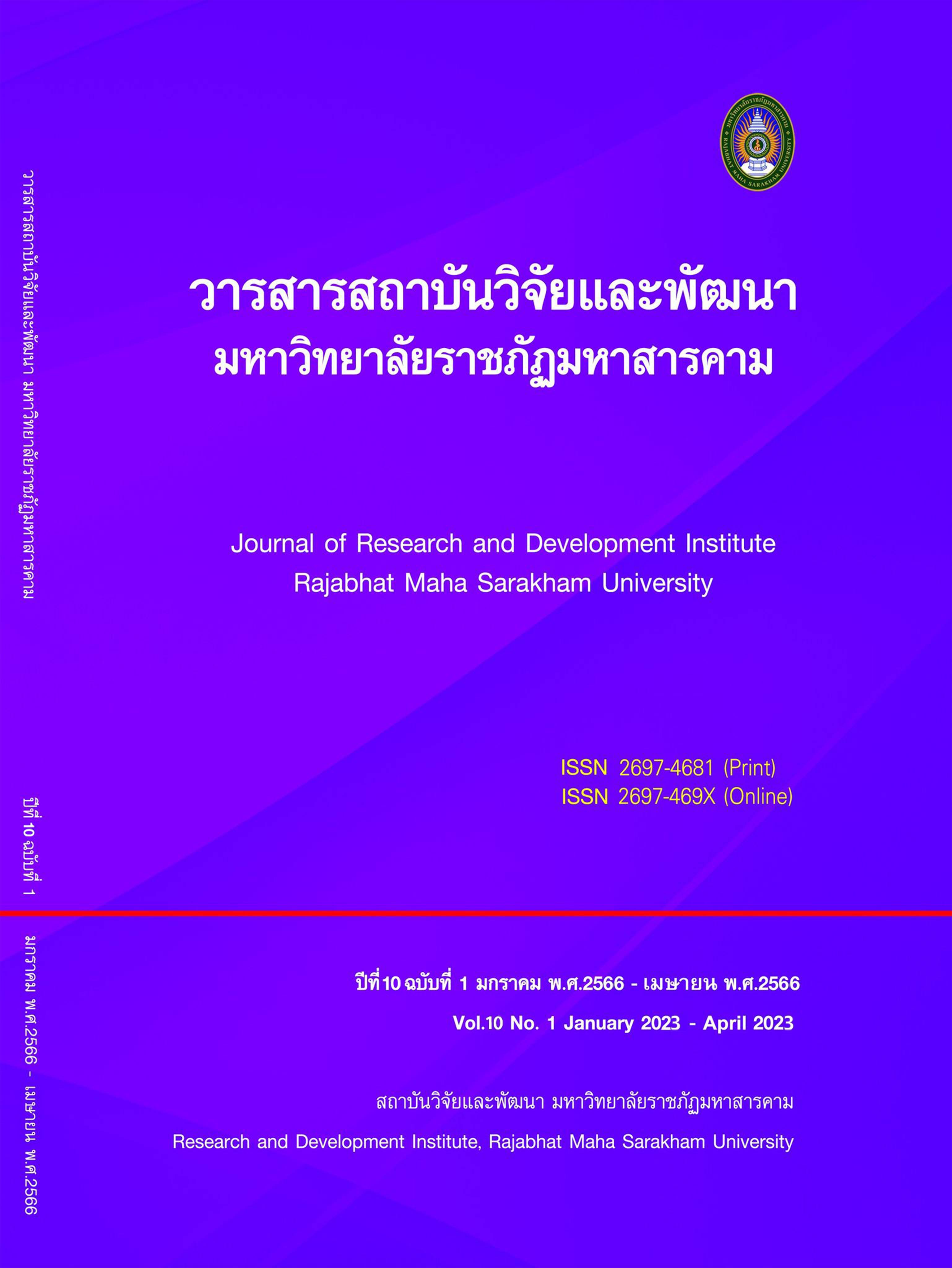Root ball plant and Ecological effects according to Hypothesis theory
Keywords:
Root ball plant, art and culture, Root ball plant Rivet Hypothesis Ecosystem.Abstract
Root ball plant is a tree used in landscapers' gardens and is the use of trees that are in the fields or are brought from planting plots that have bred various types of dugout trees for specific landscaping work. But at the same time Removing trees from their original sources to live in a changing environment Those trees may thrive or die due to digging, removal, or replanting in changing environmental conditions, and removing the trees from the original source also changes the original environment. This is in line with the Rivet Hypothesis theory that when trees are constantly removed from their original sources, the environment changes. The ecosystem will gradually change without the human being aware When it changes to the end, the ecosystem will be permanently changed. Like a rivet nut of an airplane that slowly slips out of an airplane until it finally crashes.
References
Brahmabutr, K. (2004). Financial and Marketing Analysis of Siege Timbers Produced in Nonthaburi Province. Bangkok: Kasetsart University.
Chatkul, P. (2010). “Big Trees: Popularity in Landscape Architecture in Thailand in the Past 30 Years,” Academic Journal of Architecture. 59: 131-140.
Forestry Academic Bureau. (1998). Resource Valuation Project in Conserved Forest Areas A case study of Khao Yai National Park. Bangkok: Royal Forest Department.
Jin-Tun Zhang & Lihong Fan and Min Li. (2012). “Functional Diversity in Plant Communities: Theory and Analysis Methods,” African Journal of Biotechnology 11, 5 (2012): 1017.
John H. Lawton. (1994). “What do Species do in Ecosystems?,” Oikos 71, 3 : 367-374.
Narat, S. (2006) “Wood siege at Kaeng Khoi One Million Baht Daily Turnover,” Agricultural Science Journal. Vol. 5(53).
Office of the National Environment Board Ministry of Science, Technology and Energy. (1991). Environmental law in nature conservation and natural resource management, phases 1-2. Bangkok: Thammasat University.
Downloads
Published
How to Cite
Issue
Section
License
Copyright (c) 2023 ธีระญา ปราบปราม, สมชัย ศิริสมบูรณ์เวช, ประพจน์ คล้ายสุบรรณ, สุนทรียา เหมือนพะวงศ์

This work is licensed under a Creative Commons Attribution-NonCommercial-NoDerivatives 4.0 International License.
Articles that are published are copyrighted by the authors of the articles







